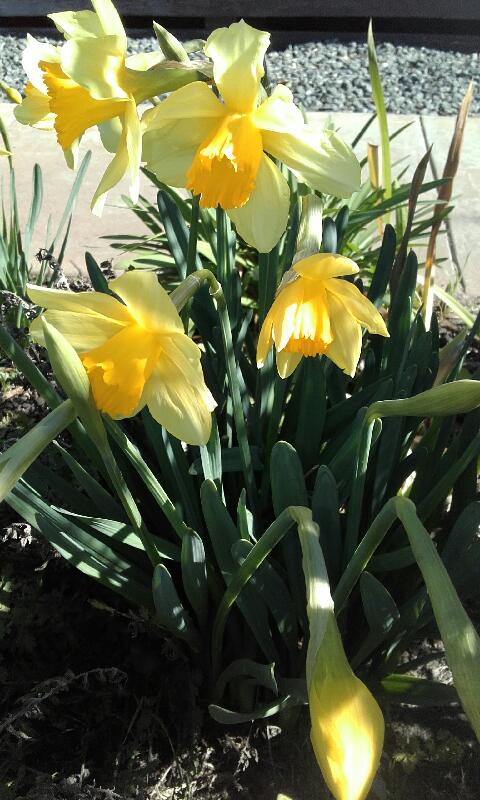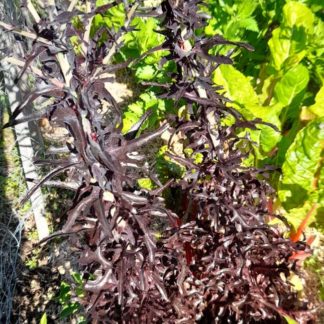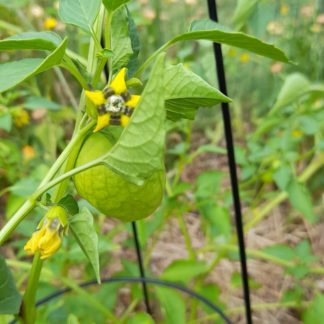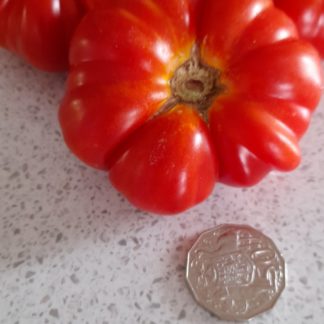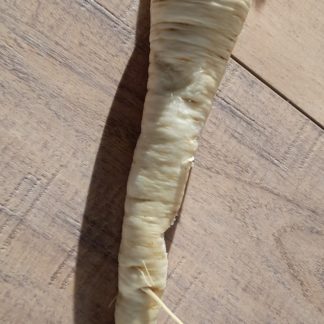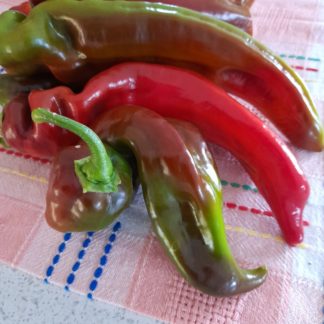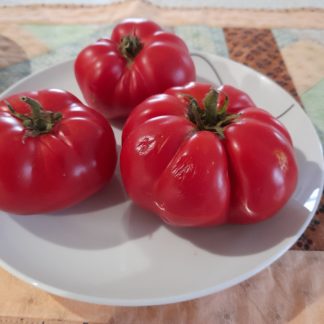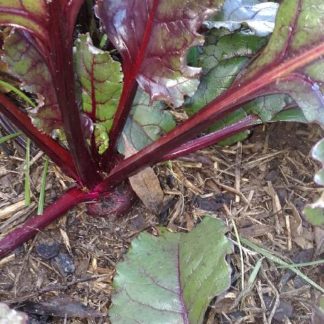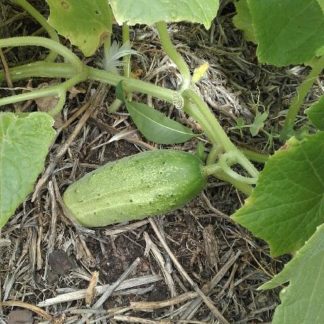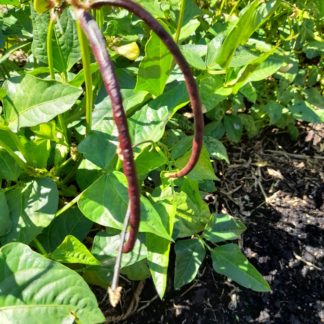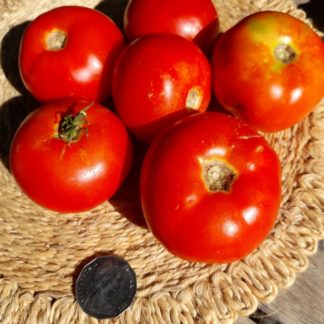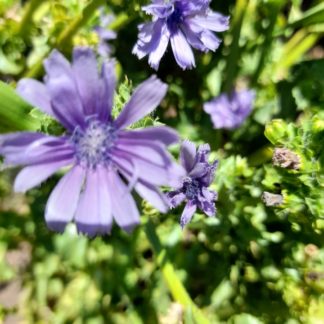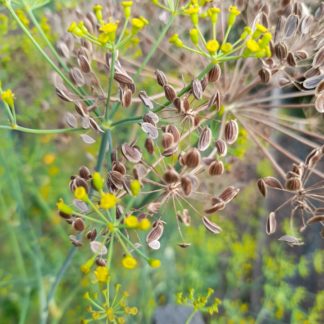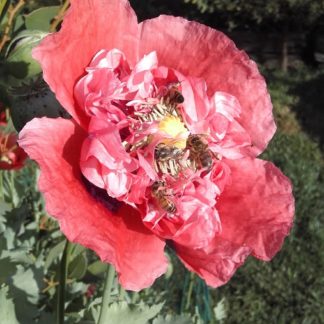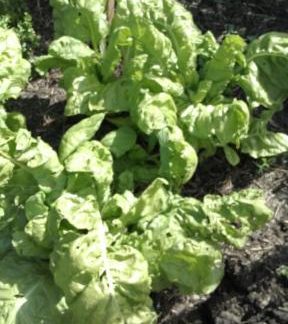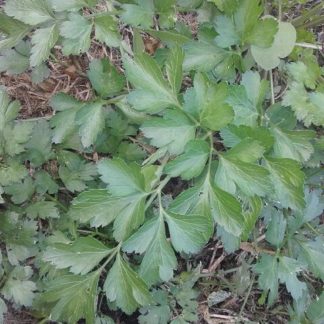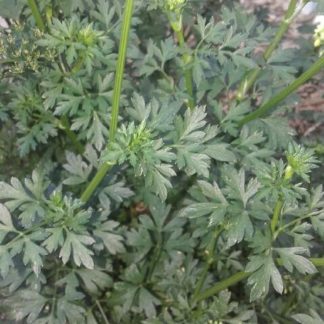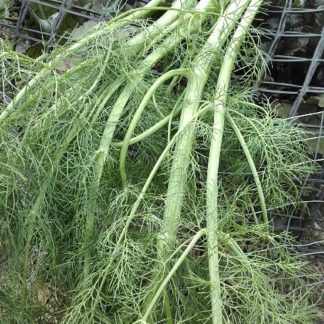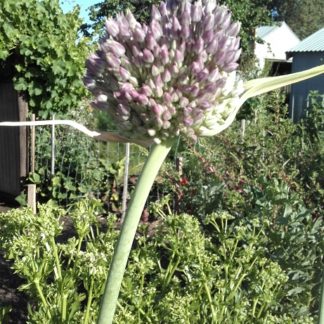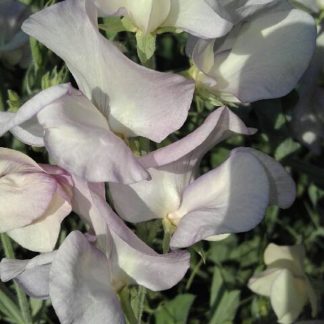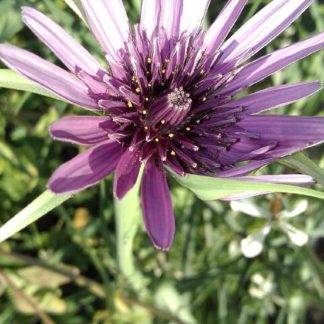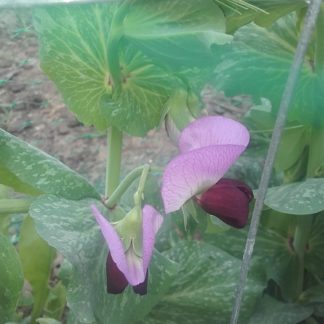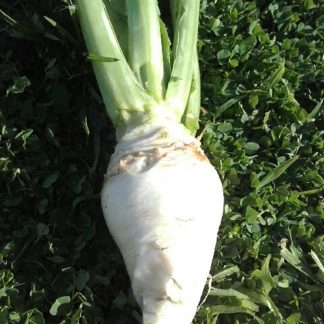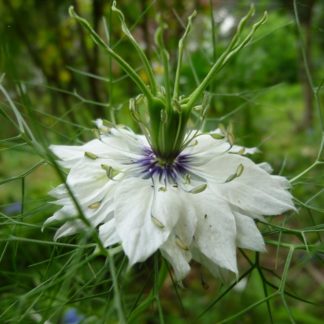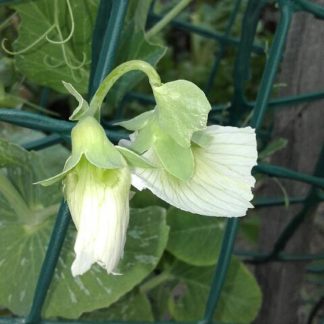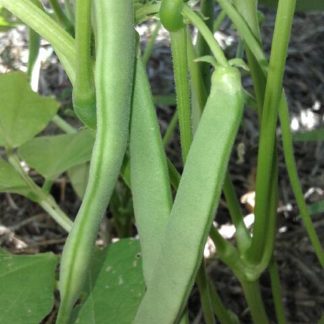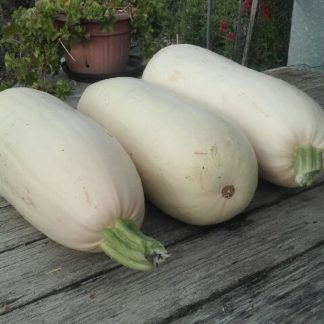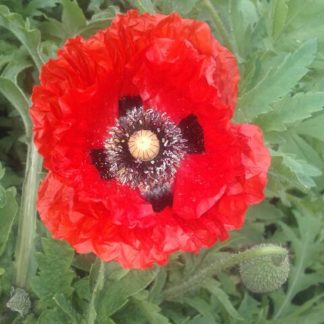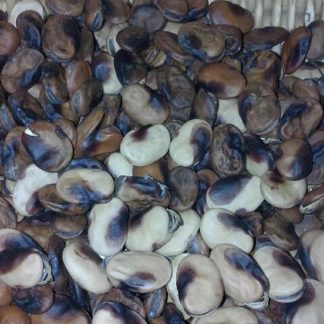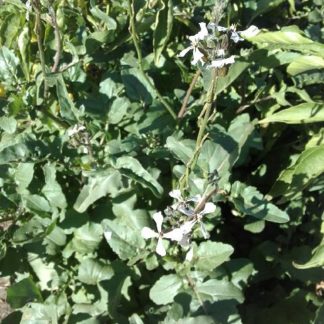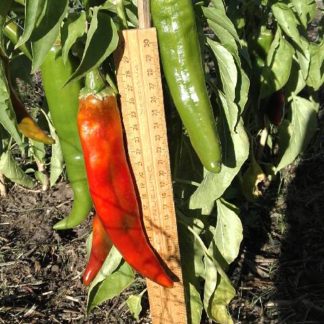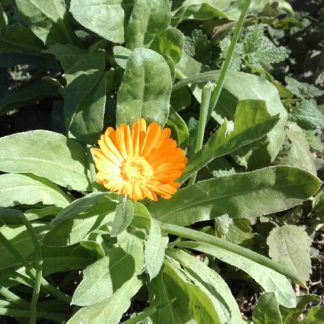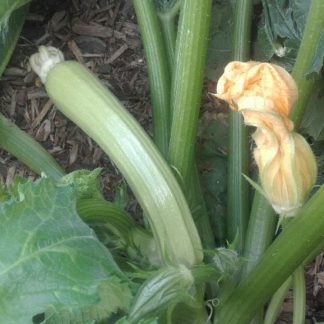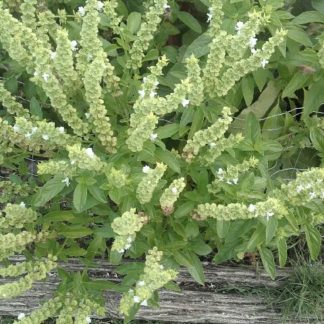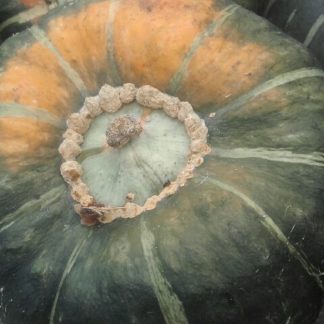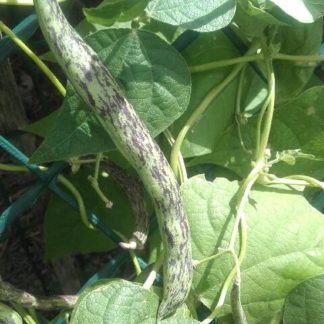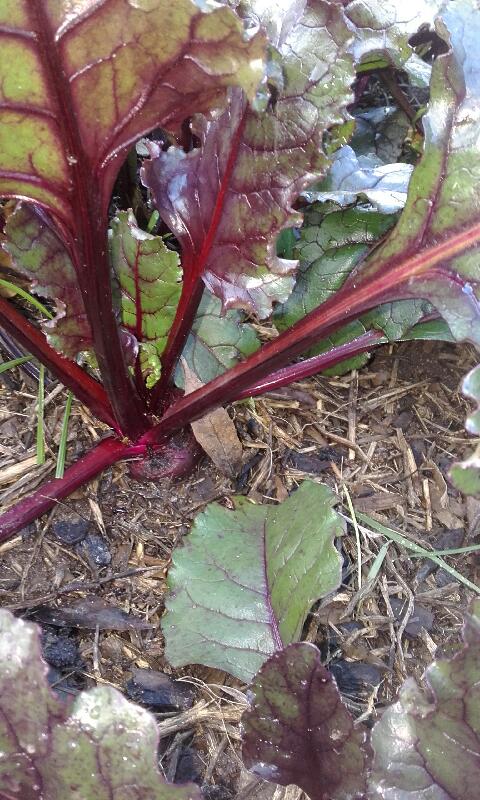
In The Wimmera
Well,the Winter Solstice has come and gone and we are half way through the season.
Good rain has encouraged people to plant and sow again. I am trying to turn a bare grass block into a tiny oasis of bird and insect friendly garden. Many different acacias have been planted and Eremophilias, Emu Bushes, which have such a variety of form and color, ranging from prostrate to bushy . Nectar eating birds and bees love them . They are totally drought hardy and frost tolerant, flowering all through winter. The pretty tubular bell shaped flowers range from pale lemon to deep purple in color.
All my Native plants come from the Wimmera Native Nursery in Dimboola, which has excellent tube stock of sturdy plants at a good price. They do mail order and have many rare varieties. They propagate a wide choice of trees, grasses and shrubs suitable for dryer areas.
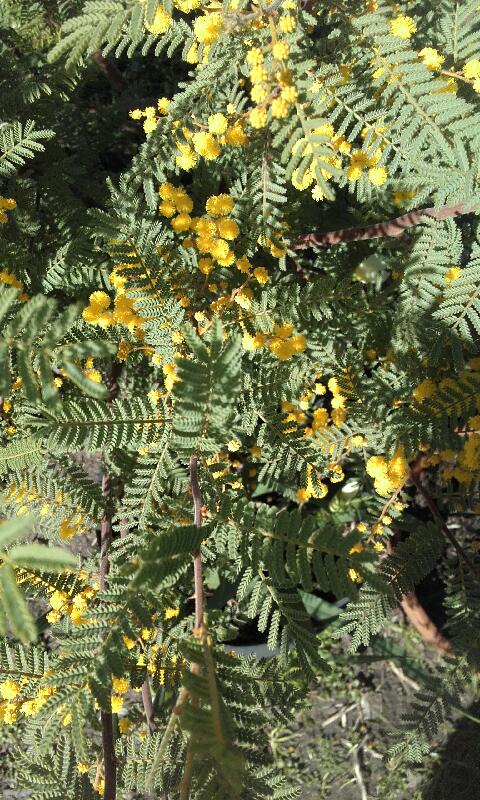
Winter and early spring are Pea Planting times. I have snow peas coming up now. Some have interesting stories behind them. The Haw Lan Do snow pea came to me from Marie Heindtman of Pine Creek in the Northern Territory. It came into her family from Jim Ah Toy at the time of the Second World War when they were all evacuated from Darwin down to Adelaide. Jim’s ancestor had brought those pea seeds from China in the 19th century in gold rush days. He put a few seeds in his pocket before the trip south then later shared them with Marie’s family. They are a heat tolerant and vigorous climber, with white flowers. Perhaps the pods are not as long and flat as the newer varieties, but their reliability and disease resistance is second to none.
My first seed exchanges came through the Grass Roots magazine, as these pea seeds did. I used to write letters and articles for the magazine and enjoyed giving away excess seeds from my garden to other readers. I have been lucky to get some real treasures this way. When the Seed Savers Network was more active, local groups used to have regular meetings and seed exchanging. In the Pyrenees/ Grampians area we were very active for over a decade but now the Network has devolved into a friendship group with very ad hoc communications.
I am also growing some of Dr. David Murray’s pea varieties. His book “Growing peas and beans in Australia” is an invaluable guide. I have sown Delta Moravia snow pea. It is a compact variety with pink/mauve flowers. It is powdery mildew resistant and reliable in a wide variety of areas and will produce right up to early summer here.
I have started Rainbow Silver Beet seedlings and white stem ones. I grow a lot of these leafy greens both for myself and for my ducks. The Florence Fennel is growing so quickly it is almost ready to pull. The ferny leaves make a good substitute for dill in cooking, especially with fish and mushrooms. Most books will advise starting Fennel in the spring but I and my friends have found consistently better results with autumn sowing and spring harvesting for this vegetable in areas west of The Great Dividing range.
The Egyptian Beetroot started from seeds in Autumn too, is growing fast and could be picked as baby beets. This is my favourite variety and is great tasting . It is a very old kind with good flavour.
The leafy salad greens that grow over winter here include Curly Parsley, Flat Leaf – Continental Parsley, Coriander, French Sorrel and Celery. These do better here on the winter as do heading lettuces and Chinese Greens. Summers are too hot for them and they tend to run to seed. So far we have had reasonable rain this season but the cost of water is rising and it is predicted to be a dry spring. This puts extra pressure on us to find water saving ways of growing our food. The pea straw in the duck yard is turned into compost and mulch improves the water holding capacity of the soil in dry times. Compost making is on- going and year round. There are three heaps on the go at present.
That’s all for now. The jonquils and daffodils are beginning to flower, the almond trees have burst into bloom. The wild birds are getting busy but my lazy ducks are not yet laying!
